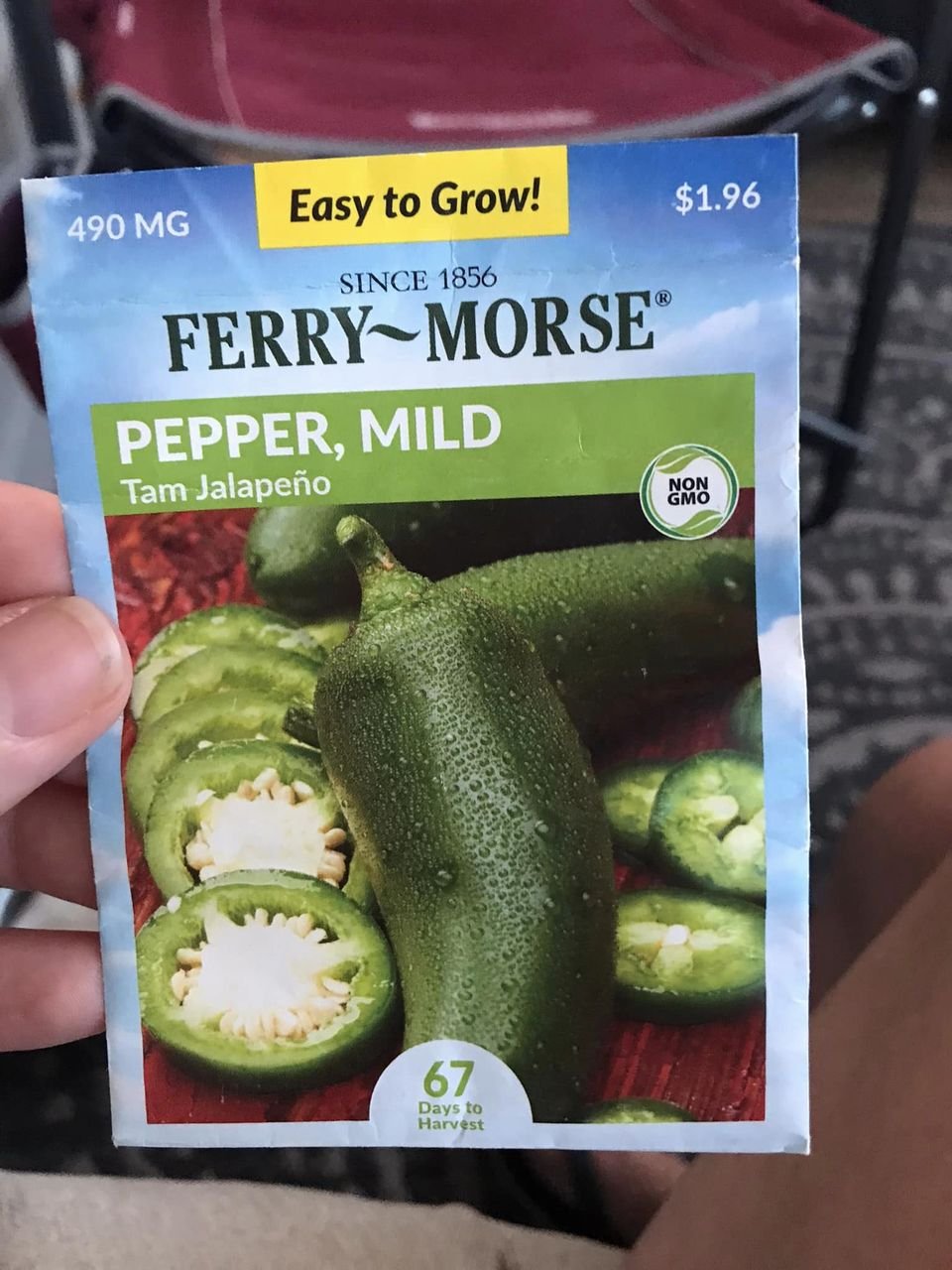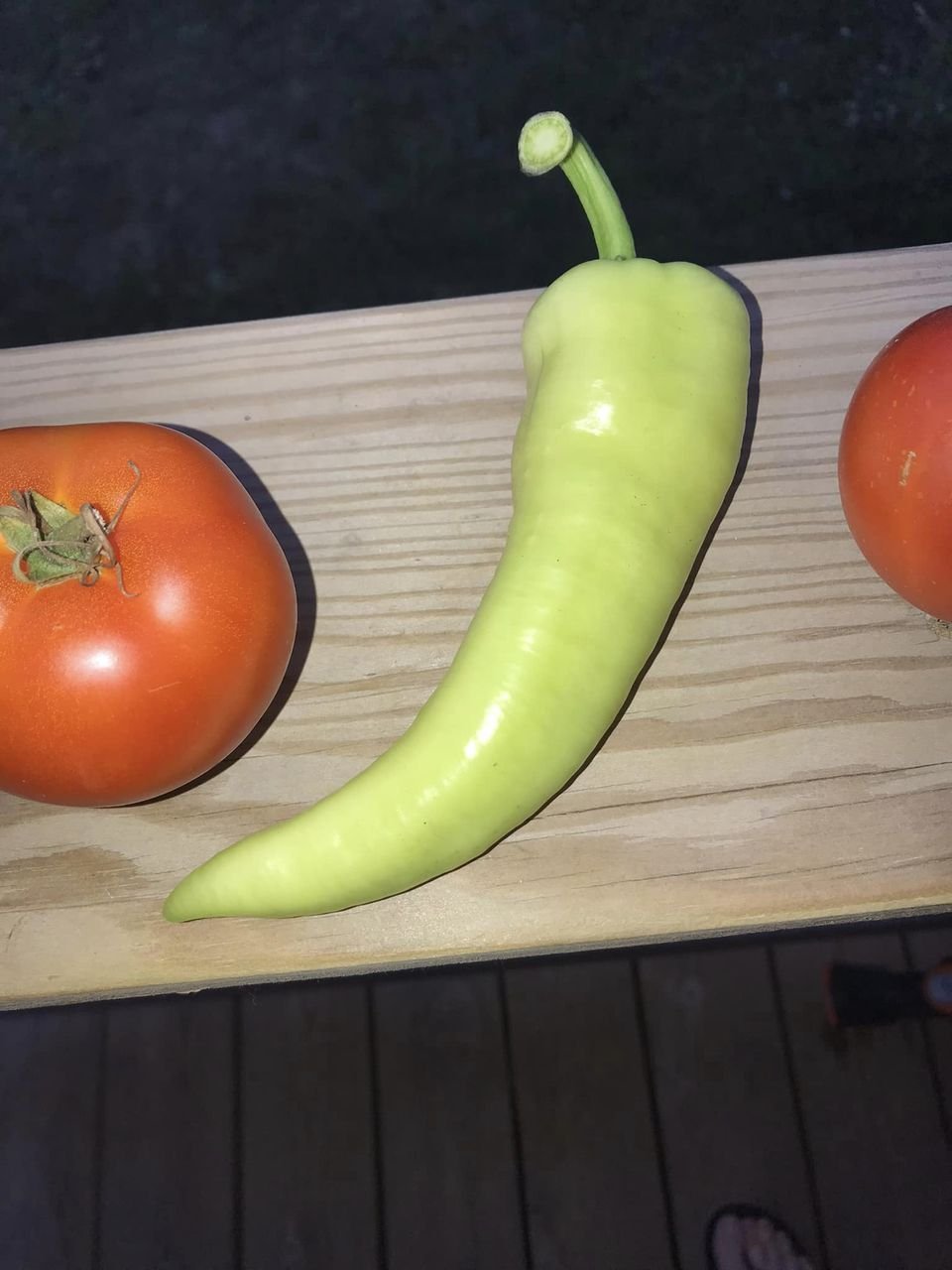Move over Watergate and Deflategate, there's a new scandal in town that's rocking the gardening community—#Peppergate!
Peppergate refers to a recent situation where major seed distributors mistakenly sent mislabeled seeds across the country, leaving home gardeners and nurseries baffled and surprised.
Imagine diligently growing peppers from carefully selected seed packs purchased from reputable companies, only to be shocked when the peppers that sprouted were of different shapes and colors than expected. The mixup impacted various pepper varieties, including the popular jalapeno. Some of the swapped pepper varieties included Jalapeño 'Caloro' (yellow instead of green), Sweet banana pepper (mistaken for mild green Jalapeño 'Tam'), Bell Pepper 'Diamond' (misidentified as Hungarian Sweet Wax), Sweet Pepper 'Red Cherry' (substituted for Bell Pepper 'Chocolate Beauty'), and Hungarian Hot Wax (erroneously labeled as Bell Pepper 'Purple Beauty’).
If you're one of the gardeners caught in this confusion, don't worry; you're not alone! Saving our own seeds, especially heirloom and open-pollinated varieties, may be the solution to ensuring we grow the correct pepper varieties year after year.
If you've fallen victim to #Peppergate, share your pictures and stories on our Facebook and Instagram pages, and don't forget to tag @StartOrganic with #Peppergate2023.
Let's shed light on this spicy situation and support fellow gardeners through this humorous yet perplexing gardening caper!
If you’re looking to save your own jalapeño seeds for next season, here are some tips:
Saving jalapeño seeds to preserve their qualities year over year is a straightforward process that ensures you can grow the same delicious and reliable jalapeño peppers in your garden season after season. Follow these steps to save jalapeño seeds effectively:
Step 1: Choose Ripe Jalapeño Peppers
Select fully mature jalapeño peppers from the healthiest and most robust plants in your garden. Ripe jalapeños have a deep, dark green color and may show signs of reddening if left on the plant for an extended period.
Step 2: Extract the Seeds
Cut the jalapeño peppers in half lengthwise. Use a spoon or your fingers to scrape out the seeds and placenta (the white membrane inside the pepper). Place the seeds in a small bowl or container.
Step 3: Ferment the Seeds
Fermentation is an essential step to ensure that the seeds are clean and free from any pathogens that may have been present in the pepper. Add a small amount of water to the bowl of seeds, just enough to cover them. Cover the bowl with a lid or plastic wrap and poke a few small holes for airflow.
Allow the seeds to ferment at room temperature for 1 to 3 days. During this time, the seeds will undergo a natural fermentation process, breaking down any remaining fruit matter.
Step 4: Rinse and Dry the Seeds
After the fermentation process is complete, remove the floating debris and rinse the seeds thoroughly under running water. Use a fine-mesh strainer to ensure you don't lose any seeds.
Spread the cleaned seeds out on a paper towel or a mesh screen to dry. Place them in a warm, well-ventilated area away from direct sunlight. Allow the seeds to dry completely; this may take around one week.
Step 5: Store the Seeds
Once the jalapeño seeds are fully dry, transfer them to a small envelope or a labeled airtight container. Store the seeds in a cool, dark, and dry place, such as a refrigerator or a seed storage container.
Tips for Seed Preservation:
Labeling: Make sure to label the seed envelopes or containers with the specific jalapeño variety and the year of harvest. This will help you keep track of the seeds and their age.
Avoid Cross-Pollination: If you grow multiple pepper varieties in close proximity, there is a possibility of cross-pollination, which may affect the purity of your saved seeds. To avoid this, isolate different pepper varieties or use hand pollination techniques.
Seed Viability: While jalapeño seeds can remain viable for several years if stored properly, it's a good practice to germinate a few seeds from the previous year's harvest to check their viability before planting an entire crop.
By following these steps and storing the seeds correctly, you can continue to enjoy the same high-quality jalapeño peppers in your garden year after year. Happy gardening!




